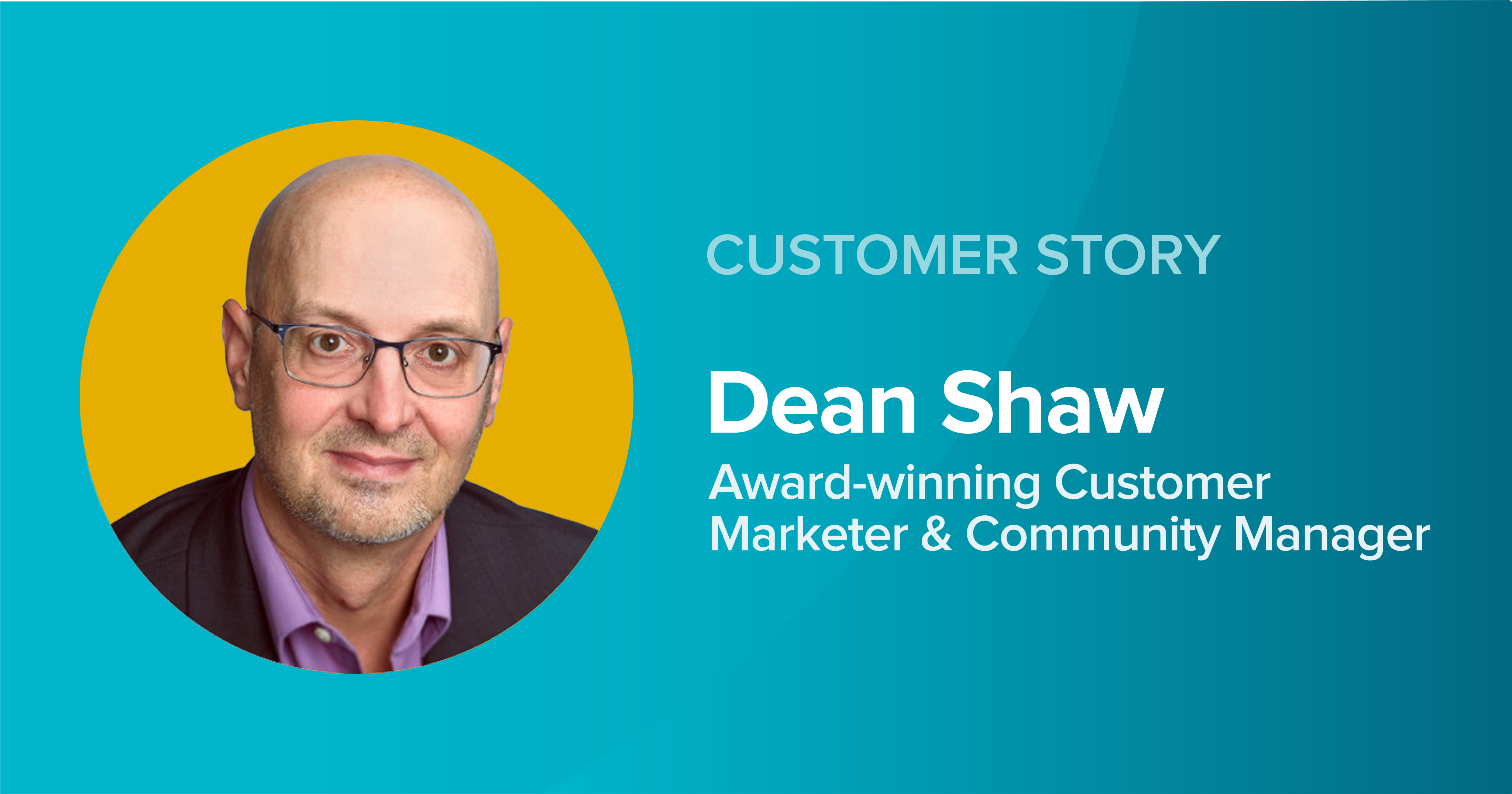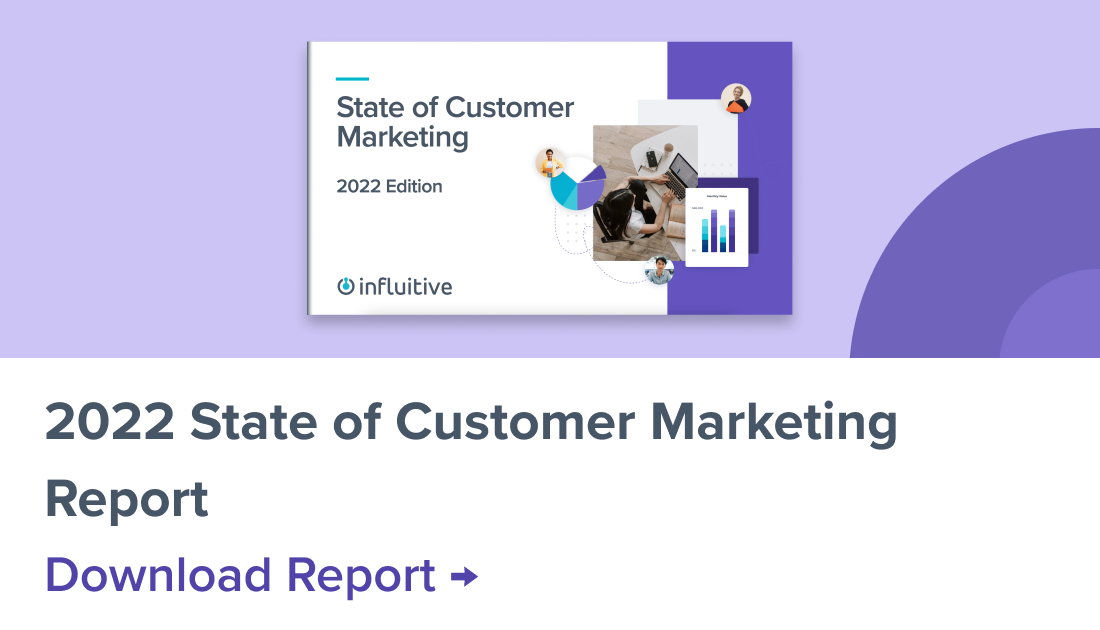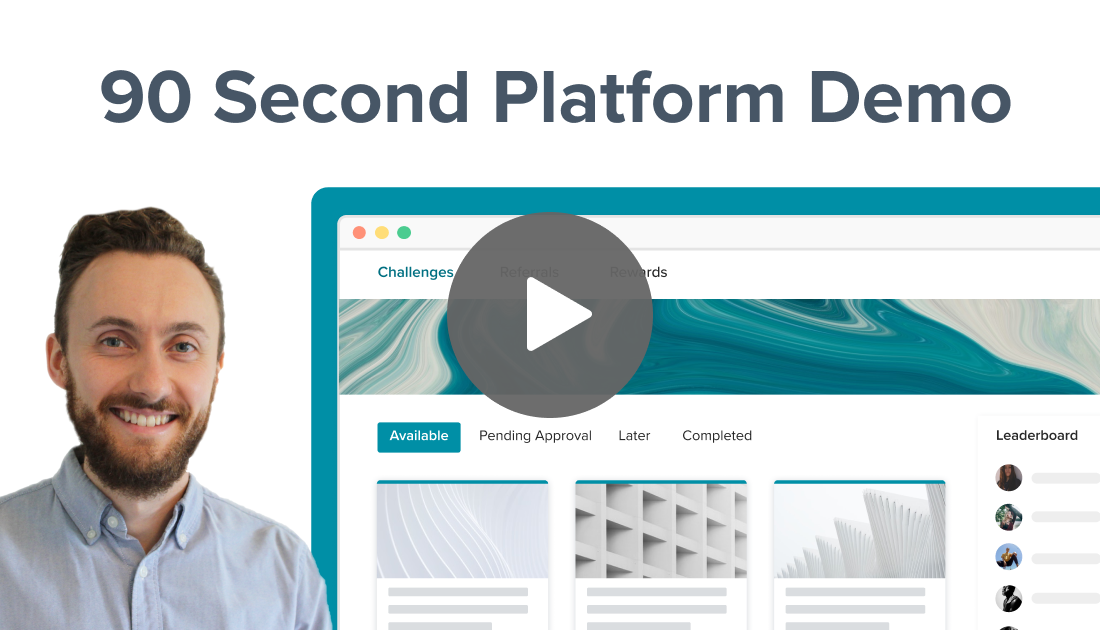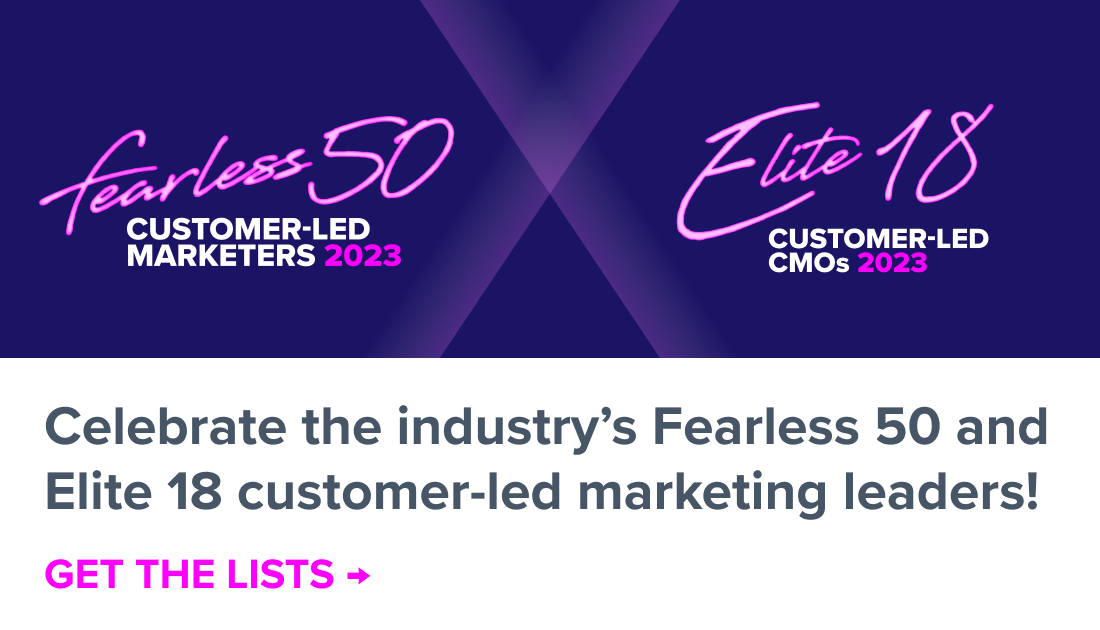
April 21, 2023
—
I have a lot of experience building customer communities, whether at a company with hundreds of products and thousands of customers in many different industries or a mature startup with hundreds of customers on an eight-week deadline.
The situation is different at every company, and there are some advantages to working on a smaller scale and building a community from the ground up. For starters, it’s easier to introduce the community to customers during the onboarding process. Everybody loves everybody at this point, and the customer success team can present the opportunity to join the customer community during the first post-sale contact with the customer. Presenting it as something that new customers do makes them less likely to refuse the offer.
Regardless of the company size and community maturity, there are some actions that will always lead to increased membership and engagement.
#1. Get to Know Customers as People
Whether you’re in B2B or B2C, the secret sauce is getting to know customers as people.
I use Influitive to launch customer communities of all sizes. The platform allows admins to be creative in communicating with community members, and it doesn’t look or feel like a company’s branded website. That’s important—a company website makes people think of work. A community should feel more like a cocktail party. Because the interface is different, it’s easy to approach customers in a more casual way and discover what drives them outside of the office. These connections help deepen relationships and know community members as people, not just as customers.
Once these casual connections exist, the door opens to much more than just business—all of a sudden, you’re talking to people about bourbon, pets, or hobbies. If you can get to the heart of what really drives them, you can talk to them all day. And when you create that kind of tight connection and weave it into a professional relationship, it’s harder for them to say no when you ask for a reference, review, or referral.
#2. Don’t Be Afraid to Get Support
Customer marketing teams are small, and it’s natural to want to do everything on your own (or feel you have to do everything on your own). But to be successful, you need to work with others—whether it’s your software vendors or cross-departmental teams. Even if you’re an experienced community administrator, trying to do everything alone adds time to the process and could lead to errors or oversights. Working with the Intuitive team has helped me hit those milestones that are so crucial on a tight deadline.
One of the greatest successes I’ve had came from leveraging cross-departmental connection and turning to our customer success team to help grow our community.
Another path to success involves working with key stakeholders within your organization. From marketing and operations to branding and creative teams, you have to bring them into the fold and make them active participants by showing how they can benefit. How many leads come directly from the community? How much can feedback from the community influence product development? And what are the differences in response and engagement compared to typical outreach activities? Email and newsletter response rates are low, and people want to maximize their time at events learning about new products and solutions. When you can demonstrate how a customer community improves business outcomes, it’s easier to get everyone on board.
One of the greatest successes I’ve had came from leveraging cross-departmental connections and turning to our customer success team to help grow our community. Customer success (CS) teams know customers better than just about anyone else. They have great conversations and hard conversations every day and are in touch with customer wants, needs, and pain points. They already have a rapport with the customer, so it makes a lot of sense to have the CS team spread the word about your customer community during a 1:1 conversation.
Customers hate it when companies disappear after closing a sale and only reappear when it’s time for a renewal. Giving the CS team a chance to approach a customer with a free, value-added opportunity creates an additional positive touchpoint for CS team members.
#3. Run An Out-of-the-Box Initiative to Recruit Community Members
Given how instrumental CS teams can be about spreading the word about a community, I thought it would be a great idea to leverage CS teams to boost community recruitment.
The first step was to provide them with a clear direction and the information they need to be successful. I created a campaign brief that explained the goal of the initiative, what was in it for them, and what was in it for the company. Then I sat down with the CS team to walk them through our customer community. Once they understood the benefits of using various features within the community, they could answer any customer questions effectively.
Our recruitment project led to a 31% increase in community membership and an 83% increase in acts of advocacy.
Salespeople are typically the ones who get accolades and perks. Meanwhile, CS teams have to deal with any and all problems and keep customers happy. For this initiative, I put the CS team in the spotlight with an opportunity to be rewarded. I split the CS team into groups and created incentives. When a group hit their target recruitment numbers, they all got swag. Individual top performers also received bonus points.
Our recruitment project led to a 31% increase in community membership and an 83% increase in acts of advocacy. CS loved the initiative because they finally felt recognized and rewarded for their efforts. Everyone also loved that the program gave them a positive reason to reach out to customers.
#4. Push the Envelope for Ongoing Community Building
Collaboration is critical, and it helps educate and boost awareness of the community across the organization. When everyone shares a common goal to help grow the community and the business, we can then leverage our internal community to help generate new ideas to build on that success.
For example, community members are also incentivized by points, so another idea is to offer a ton of points for high-stakes activities and asks. What if we offered 2,000 points if a community member signs up for a solution demo? People would fall off their chairs at a reward that steep. But it’s really not that scary if you boil it down to the dollar value of those points.
Make sure you understand what your incentives mean to the organization, and they’re aligned accordingly.
Using a standard metric of a point being equal to $0.03, let’s just do some quick math here. That means 2,000 points is $60. If we assume the redemption rate in a program is 35%, we’re going to multiply that $60 by 0.35. Now we’re down to $21. Would the sales team pay $21 to have somebody take a demo of a product? All day, every day.
Make sure you understand what your incentives mean to the organization, and they’re aligned accordingly. These kinds of efforts—along with those relationships and internal programs—keep people returning to the community and investing in its success.
#5. Fail and Fail Again!
While the recruitment push was a success, I would’ve been okay if it had failed, too. Failure should never dissuade anyone from trying something. If you have a failure, gather feedback so that learnings can inform your course of action the next time around.
Building and maintaining a lively and engaged customer community is hard, no matter how you look at it. Consistent recruitment activities have to be a part of that ongoing maintenance, and you can magnify your recruitment actions when sharing the load across internal departments.
When you come up with a great idea, create a brief, and get everyone excited to execute on the plan, all the pieces come together. Time after time, you’ll see healthy community growth, colleagues who are invested in the community, and engaged community members who are willing to respond positively to your asks.
Dean Shaw is an experienced customer marketer and community manager. He has launched two award winning communities at SAS and Abnormal Security. He is currently #OpenForWork and can be contacted at [email protected] or via his LinkedIn page
—
Want authentic customer stories like this for your company? Learn more about Influitive’s Upshot service.










































